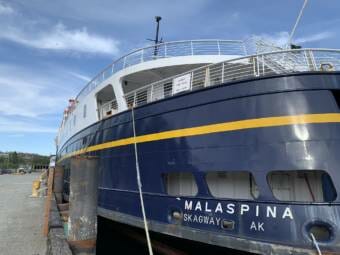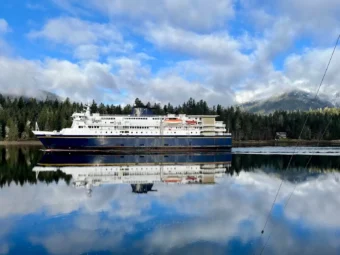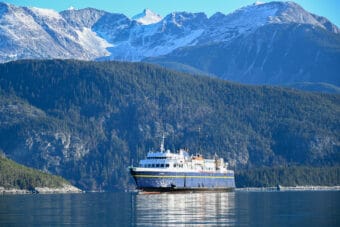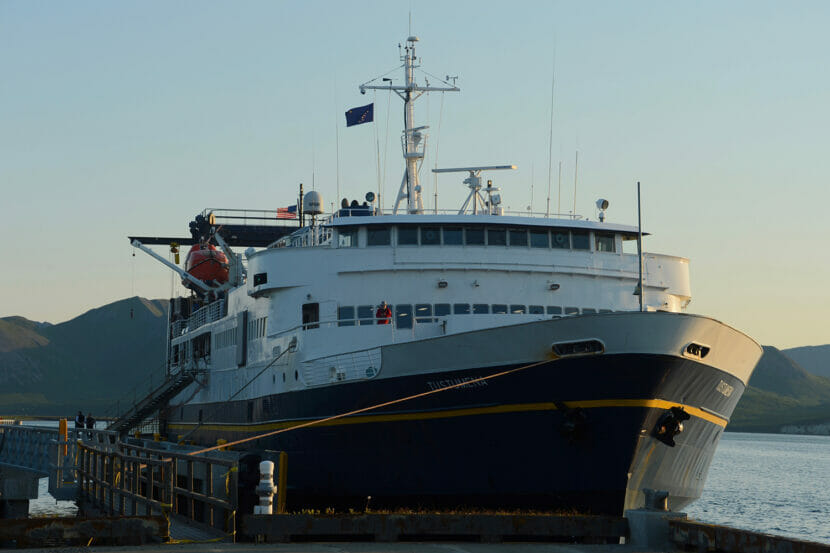
A year after a failed prior offering, the state of Alaska is planning to hire a shipyard to build a replacement for the ferry Tustumena.
The new ferry is expected to cost almost $325 million, with the federal government picking up much of the cost, and would give Alaska its first new mainline ferry in decades.
In a meeting with the Alaska Marine Highway Operations Board on Friday, ferry system director Craig Tornga said the ferry system remains on track to issue a request for proposals next month.
“We’re trying to get that turned around so we can get this out on the street before the end of September, and we’d like to be awarding the yard by the end of the year,” he said.
The current Tustumena was built in 1964 and has sailed one of the roughest ferry routes in the world for almost six decades.
It will have to work a while longer: A new ship isn’t expected before 2027.
The Tustumena regularly carries cargo, cars and passengers from Homer to Kodiak, then down the Alaska Peninsula to Unalaska, but the rough seas and ocean-borne corrosion have taken a toll.
In 2016, part of the ship’s hull cracked badly enough that the ferry system began restricting it from strong storms. Those issues have been addressed and the ship remains safe to sail, but its lifespan is limited.
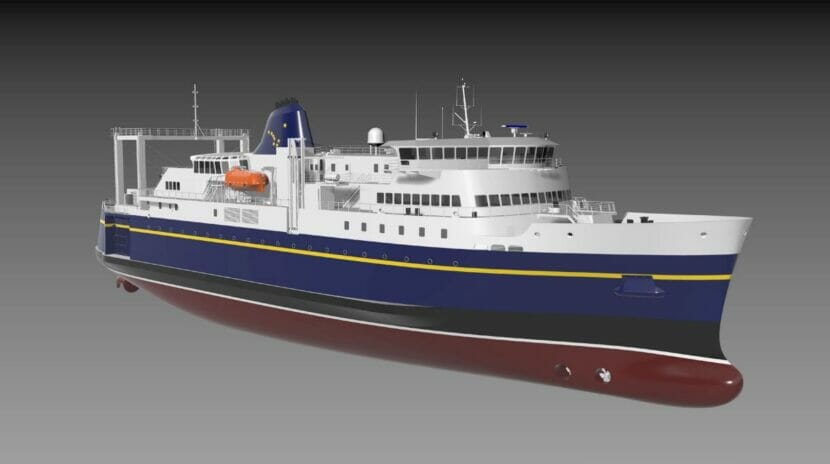
The state has two new Alaska-class ferries, built in Ketchikan, but those ships were designed and built for the confined waters of northern Southeast Alaska and needed extensive modifications before they could sail longer routes and be used in Prince William Sound.
They’re not as capable as the state’s mainline ferries, and even after their modifications, the ships haven’t functioned perfectly.
The ferry Hubbard broke down immediately after delivering Secretary of Transportation Pete Buttigieg to Haines earlier this month, and after more than a week of canceled sailings, it was still awaiting repairs.
The Tustumena replacement will be more complicated than the Alaska-class ferries, and the state can’t afford similar problems on the new ship, ferry captain Keith Hillard told the operations board in July.
“It’s not something we want to rush. We want something to go out as a very solid package, otherwise it’s going to cost the state a lot more money,” he said.
The proposed ship has already caused some concerns. The Department of Transportation put the project mostly on hold during Gov. Mike Dunleavy’s first term before soliciting proposals from shipyards last year.
Federal law requires that an American shipyard build the new Tustumena, but despite a nationwide call, no shipyard offered a bid, and the state canceled the request in July last year.
Speaking to the operations board, Tornga said the proposed management agreement was slanted so much in the state’s favor that no shipyard would take it.
That language has been redrafted, and he appeared optimistic when he briefed the board on Friday.
The request for proposals will go out even though the ship’s design hasn’t been finalized. Since design work began, the ship’s propulsion system has been redesigned three times, most recently in May of this year.
It’s gone from a standard diesel-fired ship to a diesel-electric design and now to a hybrid diesel-electric capable of running (for short distances) on battery power alone.
That third change prompted the resignation of Greg Jennings, DOT’s project liaison, who criticized the design’s growing complexity.
In a letter to the state ferry board and state legislators, he said that when he was brought on board, 2027 was a realistic delivery date.
“Now, however, it is my opinion that 2027 is impossible and the lack of certainty in design requirements now present in the project make even 2028 delivery nearly impossible,” he said.
Jennings declined a phone interview seeking additional comment.
Tornga and other DOT officials have pushed back against Jennings’ criticism, saying the project remains on schedule.
None of the ferry board members contacted for this article expressed concerns about the direction of the project, nor did state legislators familiar with Jennings’ letter.
Speaking Friday, Tornga told board members that hiring a shipyard this year will allow the yard to participate in final design work and start ordering components.
“If we’re working with the yard, they can get started on doing the production engineering for their yard work, and if there’s any long lead items, that’s what we’re really rolling on there. So we’re really rolling into construction late in 2024,” he said.
When asked when the new Tustumena will be finished, Tornga said, “It would be in 2027. That’s a guess at this point. Until we get a yard to give us their full schedule, we’re just estimating at this point.”
If all goes as planned, other new ferries will follow the Tustumena replacement. A draft long-range plan calls for a second oceangoing ship to replace the Matanuska.
Tornga said that could be an incentive for shipyards bidding on the Tustumena replacement.
“No shipyard likes to build just one of anything; we’re trying to put (the Matanuska replacement) right behind it,” he said in July.
This story originally appeared in the Alaska Beacon and is republished here with permission.

